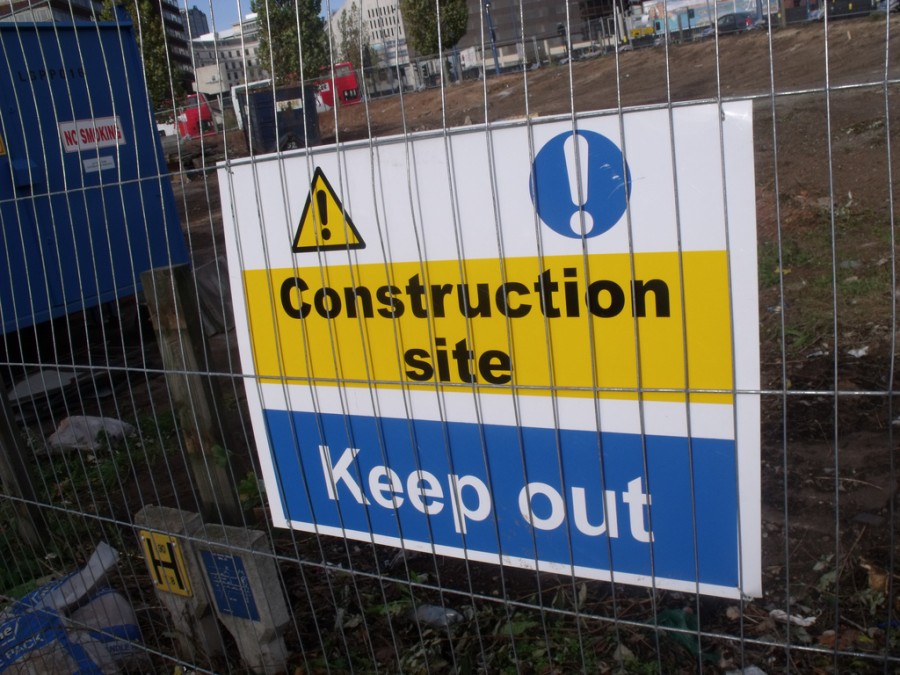The industry has responded to the Government announcement that every council in England will be told that they will need to prioritise brownfield developments and instructed to be less bureaucratic and more flexible in applying policies that halt housebuilding on brownfield land.
Philip Box, Policy Advisor at UK Green Building Council welcomed the plans and said as the industry tackles the biodiversity and climate crises, it is vital to maximise the use of previously developed land and turbocharge regeneration.
“As some brownfield sites will have higher value for nature than degraded greenfield, it is vital that policies such as biodiversity net gain ensures any possible loss is fully accounted for and addressed,” he said.
“However, we are concerned that proposals to streamline the conversion of office buildings into residential accommodation risks generating a new wave of ‘slums’, and poorer quality development. The evidence is clear – from the Government’s own research to the Building Better Building Beautiful Commission – that PDR of this kind risks poorer quality design, environmental outcomes and quality of life for residents.
“Whilst steps to address the housing affordability crisis are commendable, we urgently need the promised climate review of the NPPF, to ensure new development is fit for the future, not just a numbers game.”

RIBA President Muyiwa Oki said the announcements show positive intention, but described it as a "piecemeal approach" to housing delivery: "Unlocking brownfield land has a clear role to play and we strongly support this. However, it’s only part of the solution. A
qualitative review of the green belt, for example, will help to identify pockets not suitable for green belt protection but suitable for development.
"We also urge the Government to think carefully about permitted development rights, so they cannot be abused to result in substandard
new homes. If we allow for permitted development rights, they must be accompanied by measures to ensure they do not become ‘loophole policies’ that give no guarantee that people's homes meet the standards required by full planning permission. Otherwise, this
risks opening the floodgates to a generation of slum housing.
"Today’s interventions may boost localised, mostly urban housebuilding, but they do not provide us with a convincing long-term
plan to deliver the volume of high-quality homes people urgently need. We will respond to both consultations announced today and continue to call for a comprehensive approach to housing delivery.”
The Federation of Master Builders described it as positive steps – but urged councils to look beyond just cities to solve the housing crisis.
Brian Berry, Chief Executive of the FMB commented; “House building rates have fallen flat, and urgent action will be necessary in order to deliver the volume of homes that Britain needs. I welcome the Government’s proposals to make it easier for permission to be granted for building on brownfield sites, and the planned requirements for local councils to be less bureaucratic in preventing house building. But we must take these ambitions beyond the big cities.
“Small house builders must be at the heart of these plans, not just major developers. Brownfield sites are the mainstay sites of small builders, helping to rejuvenate run-down sites back into high quality housing. But we must also look beyond big cities and at the type of homes being delivered. There is a lack of affordable housing in the countryside, where small house builders once thrived. There are a wealth of brownfield sites outside of our major cities, but they are often overlooked in local plans, this must be addressed”.
Richard Beresford, chief executive of the National Federation of Builders (NFB), said: “There isn’t enough brownfield land to get close to solving the housing crisis and whilst this policy is welcomed as a concept, if it exists to avoid the political backlash from building on the greenbelt, we should expect the housing crisis to endure.”
Rico Wojtulewicz, Head of Policy and Market Insight, said: “Brownfield is land allocated for non-residential development, if you get rid of it for housing, where do you put the extra GP surgeries, jobs, shops, services etc.to support even higher local populations? Well, you either build them on the greenbelt, outside of communities or not at all.
“If the Government wants to make ‘brownfield first’ a decent solution, it needs to demolish sites and rebuild them more densely, eg:10+ storeys. This will mean developments can provide housing and non-housing needs. If it doesn’t do this, we still won’t build enough houses, as there isn’t enough brownfield as it is, and ‘brownfield first’ will produce worse places to live.”
Gavin Smart, CIH's chief executive, agreed that urgent action is needed to tackle the housing crisis and boost supply.
"Brownfield regeneration and bringing existing buildings back into use has the potential to play an important role in meeting our national housing need,” he said. “But while the number of new homes is important so is their quality and safety.
“The permitted development regime bypasses usual planning processes and in recent years has led to some incredibly poor-quality homes which should not have been built. Government promises that there will be protections to prevent this are encouraging, but the detail here will be very important if we are not to repeat these mistakes."
Cllr Darren Rodwell, London Councils’ Executive Member for Regeneration, Housing & Planning, said: “Boroughs are strongly pro-housing growth and doing everything they can to turbocharge building the new homes Londoners desperately need. These developments are almost always on brownfield sites.
“Although the planning system certainly needs to support building as much as possible, the system itself is not the core problem. London has a pipeline of 289,000 potential new homes that have received planning permission but have not yet been built due to other reasons.
“There are several key factors holding back housebuilding in London, including insufficient capital funding and infrastructure investment, as well as construction skills shortages.
“Any changes to London’s planning system must include a strong role for boroughs. This is essential for ensuring new housing is high quality and adequately supported by local services such as transport and GP surgeries. It is also vital for maintaining local democratic oversight and accountability in the planning process.
“Boroughs are concerned that the proposed further liberalisation of permitted development rights would undermine this. Too often PDR has produced poor-quality accommodation, with no affordable housing, and loss of employment sites and negative impacts on London’s high streets.
“We remain as committed as ever to working in partnership with all levels of government on increasing housebuilding in the capital. Addressing London’s longstanding housing crisis is crucial for the city’s future success.”




















